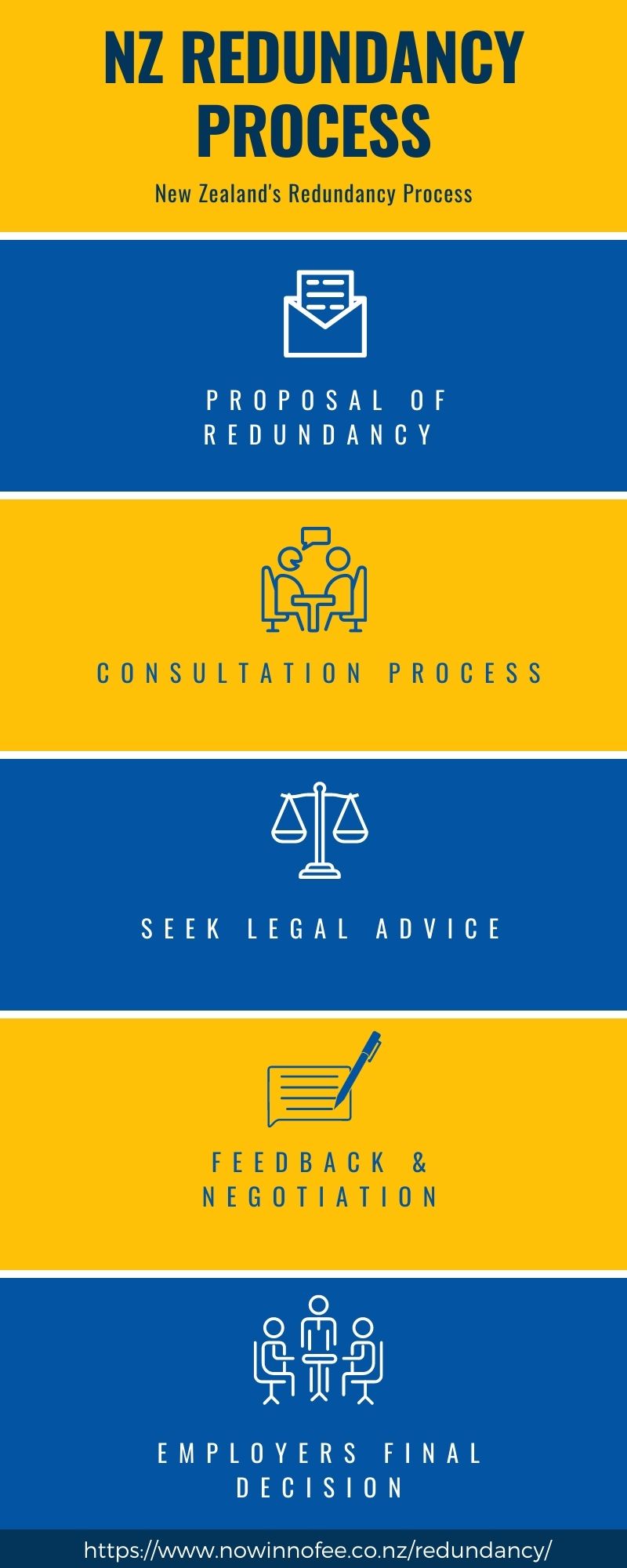Small Business Closing Employee Rights UK: Guaranteeing Fair Redundancy Pay
Small Business Closing Employee Rights UK: Guaranteeing Fair Redundancy Pay
Blog Article
Examining the Interaction Between Business Redundancy and Business Flexibility for Future Development
In the vibrant landscape of today's company globe, the complex partnership between business redundancy and organizational flexibility arises as an important element for continual growth and success. Business often face the challenge of striking a fragile equilibrium between keeping a level of redundancy to alleviate risks and cultivating versatility to respond promptly to the ever-evolving market demands. This fragile interplay holds the key to not only making it through in stormy times yet likewise prospering despite uncertainty. As we discover the multifaceted measurements of this interplay, interesting insights right into just how organizations browse these complexities to lead the way for future development await.
Value of Firm Redundancy
Firm redundancy is a vital aspect that boosts business resilience and minimizes operational risks. By including redundancy steps within the business framework, firms can better stand up to unpredicted interruptions and variations in business setting. Redundancy offers as a strategic barrier, permitting business to adjust and respond effectively to unexpected difficulties without compromising vital procedures.
One secret element of the significance of business redundancy is its function in ensuring continuity during times of crisis. When faced with abrupt changes or emergency situations, repetitive systems, resources, or workers can tip in to keep vital features and prevent widespread interruptions. This connection not only safeguards the company's track record and client trust yet additionally lessens economic losses and functional downtime.

Strategies for Organizational Flexibility

An additional critical method is purchasing technology and framework that can support versatility and scalability. Implementing electronic tools, automation, and information analytics can enhance operations, enhance performance, and provide important understandings for notified decision-making. Moreover, creating adaptable business frameworks that enable quick adjustments to market dynamics and customer demands is important for remaining affordable in a rapidly evolving setting. By proactively recognizing possible interruptions and possibilities, companies can proactively adjust and thrive in an ever-changing organization landscape.
Harmonizing Redundancy and Adaptability
Achieving an unified equilibrium between functional redundancy and business adaptability is vital in navigating the complexities of a dynamic organization environment. Striking the best equilibrium in between redundancy and adaptability is a delicate procedure that calls for a deep understanding of the organization's goals, market characteristics, and risk tolerance.
To attain this balance, companies need to conduct routine evaluations of their operations to determine areas where redundancy is needed for threat reduction and where flexibility can drive innovation and growth. Implementing flexible frameworks, promoting a culture of constant knowing and enhancement, and motivating open communication throughout all levels of the organization are vital strategies to balance redundancy and versatility successfully. By lining up these two crucial elements, firms can place themselves for sustainable growth and success in an ever-changing organization more information landscape.
Instance Research Studies on Adaptation Success
In analyzing circumstances of effective business adaptation, it ends up being obvious that the interaction between operational redundancy and versatility is a specifying factor in shaping durable organizations. A DVD rental solution, Netflix demonstrated amazing versatility by transitioning into a streaming system when digitalization interfered with the industry. These situation researches underscore the importance of functional redundancy combined with organizational versatility in cultivating lasting development and competition.
Building Resilience for Future Development
Building durability for future development requires a strategic placement of functional processes with market dynamics and arising patterns. Firms must adapt to altering atmospheres by cultivating a society of adaptability, technology, and continual improvement. Resilience includes not just recovering from problems however likewise proactively planning for future challenges. One crucial element of structure resilience is investing in robust risk administration methods to alleviate prospective disruptions. This consists of circumstance preparation, branching out supply chains, and establishing backup prepare for various contingencies (who pays redundancy money).
Moreover, fostering strong relationships with stakeholders, such as consumers, employees, vendors, and the community, is crucial for weathering Click This Link uncertainties and keeping trust and support throughout turbulent times. Efficient interaction and openness play an important function in structure resilience, as they assist facilitate and align assumptions cooperation in navigating uncertainties.
Moreover, companies need to prioritize discovering and growth initiatives to upskill workers and outfit them with the necessary tools to adjust to transforming scenarios. By purchasing their labor force, companies can improve their flexibility and agility, inevitably strengthening their durability for lasting future growth.
Final Thought

In the dynamic landscape of today's organization world, the detailed relationship in between company redundancy and organizational flexibility emerges as a critical element for continual growth and success. Business usually face the obstacle of striking a delicate equilibrium in between maintaining a level of redundancy to minimize dangers and cultivating adaptability to respond promptly to the ever-evolving market needs.To achieve this balance, firms require to conduct routine analyses of their operations to determine locations where redundancy why not try these out is essential for risk mitigation and where versatility can drive innovation and growth.In verdict, the interaction in between firm redundancy and organizational adaptability is important for future development. Structure strength through a combination of redundancy and versatility will make sure that business are prepared for the obstacles of the future.
Report this page